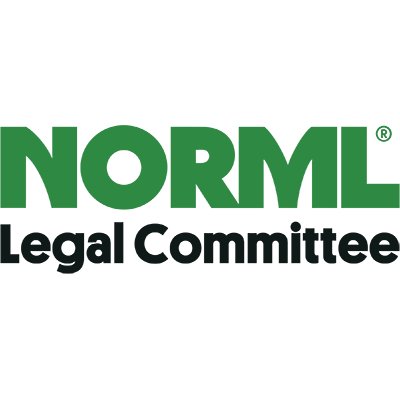The state courts have broad jurisdictions and they are able to hear cases related to family disputes, traffic violations, broken contract, assault, robberies, etc. In contrast, the federal court system hears cases where the United States is a legal party such as when the federal law or the Constitution is violated and cases in areas like maritime law, bankruptcy, etc.
Below are the levels of the Court and Legal Systems:
The Federal Courts are comprised of three main levels: 94 district courts, 13 circuit courts, and the United States Supreme Court.
The District Courts handle cases involving federal law violations and/or cases where the parties are from two different states. When legal parties disagree with a decision made during their trial, an appeal can be filed.
The Circuit Courts act as the first step in the federal appeal process, and their decision remains final unless the case is sent to trial again or the legal parties involved seek an appeal with the U.S. Supreme Court.
Cases heard at the U.S. Supreme Court level deal with legal principles such as two federal courts having two different interpretations of the law and the interpretation of the Constitution.
State Courts have trial courts, appellate courts, and the state Supreme Courts. The trial courts include the municipal courts, country courts, and state trial courts. A state Supreme Court reviews case documents, written briefs, review files, etc. The state Supreme Court after reviewing a case decides to reverse the decision made, affirm it, or send it back to trial.












































